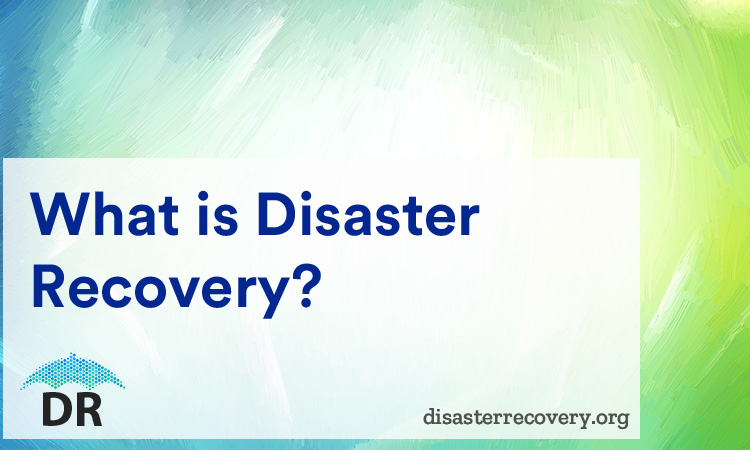The essence of any good business model is to deliver quality products or services well within a commonly agreed upon time-frame. Catering to the increasingly demanding needs of clients without delays has become imperative in today’s fiercely competitive business environment in order to maintain an organization’s competitive advantage, safeguard its brand reputation and the loyalty of its customers, despite unforeseen circumstances that can slow things down. Enter disaster recovery, a fire escape when adversity strikes.
What is Disaster Recovery?

Disaster Recovery can broadly be described as the implementation of a plan of action in times of emergencies or natural calamities
The events that negatively impact businesses can be:
- Natural disasters such as hurricanes, tsunamis and earthquakes or
- Manmade disasters such as fires, accidents and oil spills.
These events can be further classified into:
- Forecasted Events: Forecasted events are those that are prone to occur periodically due to the geography, climatic conditions or sociopolitical scenario of the organization’s premise. The extent to which such events affect a business can be curbed to a large extent through preemptive measures and adequate planning.
-
Un-forecasted Events: Un-forecasted events on the other hand are unforeseen and unexpected for which an organization does not have a clear cut response owing to the immediacy as well as uniqueness of the event that has occurred.
Disaster recovery as a precautionary measure can greatly increase a business unit’s resilience to deal with setbacks which might otherwise translate into significant losses and affect revenue. Customer relations could also be seriously jeopardized if such calamities end up affecting delivery dates or the quality of products and solutions delivered.
Disaster Recovery (DR) forms an integral part of an organization’s business continuity plan. DR strategies are designed based on key business continuity factors such as recovery point objective (RPO) and recovery time objective (RTO).
Recovery point objective (RPO): Recovery point objective can be defined as the maximum amount of data a company is willing to lose should there occur a disaster that hampers production. This determines with what frequency a company should back up its data in order to resume operations as soon as possible.
Recovery time objective (RTO): Recovery time objective can be defined as the maximum amount of time a company is willing to allow for resuming business activity in the event of a disaster.
A Disaster Recovery (DR) strategy requires a careful analysis of all the dependencies that directly and indirectly affect a business unit’s physical location during the course of a working day. It also involves an accurate estimate of the number of resources that would be required to implement the disaster recovery plan. These resources would need to receive relevant training and knowledge transfer from time to time.
Businesses must ensure that at least a skeletal level of security is in place that safeguards their data from being lost indefinitely. It is good practice to take back up of critical systems at regular intervals. Fault tolerance – the ability of systems to continue normal operations despite system or hardware failure – can provide further insulation through redundancy, clustered systems and other recovery procedures. Continuity of business operations can be ensured by establishing a cold, warm or hot site disaster recovery solution.
- Cold sites are the least expensive back up facility with a bare minimum hardware infrastructure. Business operations can be restored only after a substantial loss of time when relying on a cold site disaster recovery solution.
- Warm site facilities have their own hardware and network infrastructure in place although with limited performance capabilities. Data and operations can be restored quickly, but not without some delay.
- Hot sites are the ideal backup solution, especially for a business that cannot afford downtime. A hot site is a complete replica of the primary site in terms of IT infrastructure and data is synchronized in real time. Needless to say, hot sites are very expensive and are considered mostly in the case of mission critical operations
Disaster Recovery is a great strategic tool that helps entrepreneurs prepare against circumstances beyond their control. Chalking out a comprehensive back up plan goes a long way in ensuring an organization’s ability to meet time bound commitments despite adverse setbacks. Moreover, in industries and sectors where competition is stiff with very little to distinguish one vendor from the other, disaster recovery provides organizations with the wherewithal to retain their customers and also acquire new ones, especially when adherence to deadlines is critical to operations.

